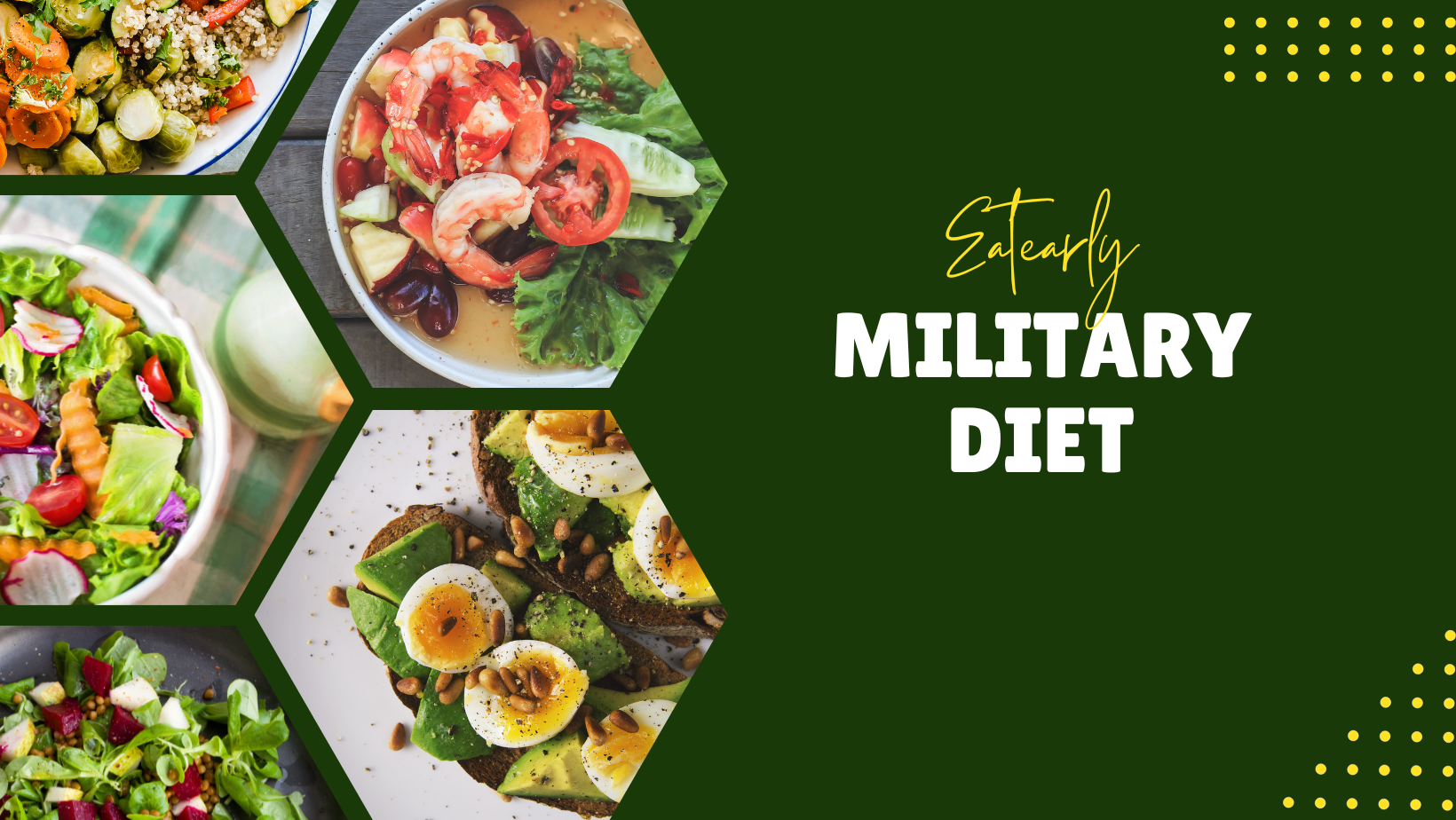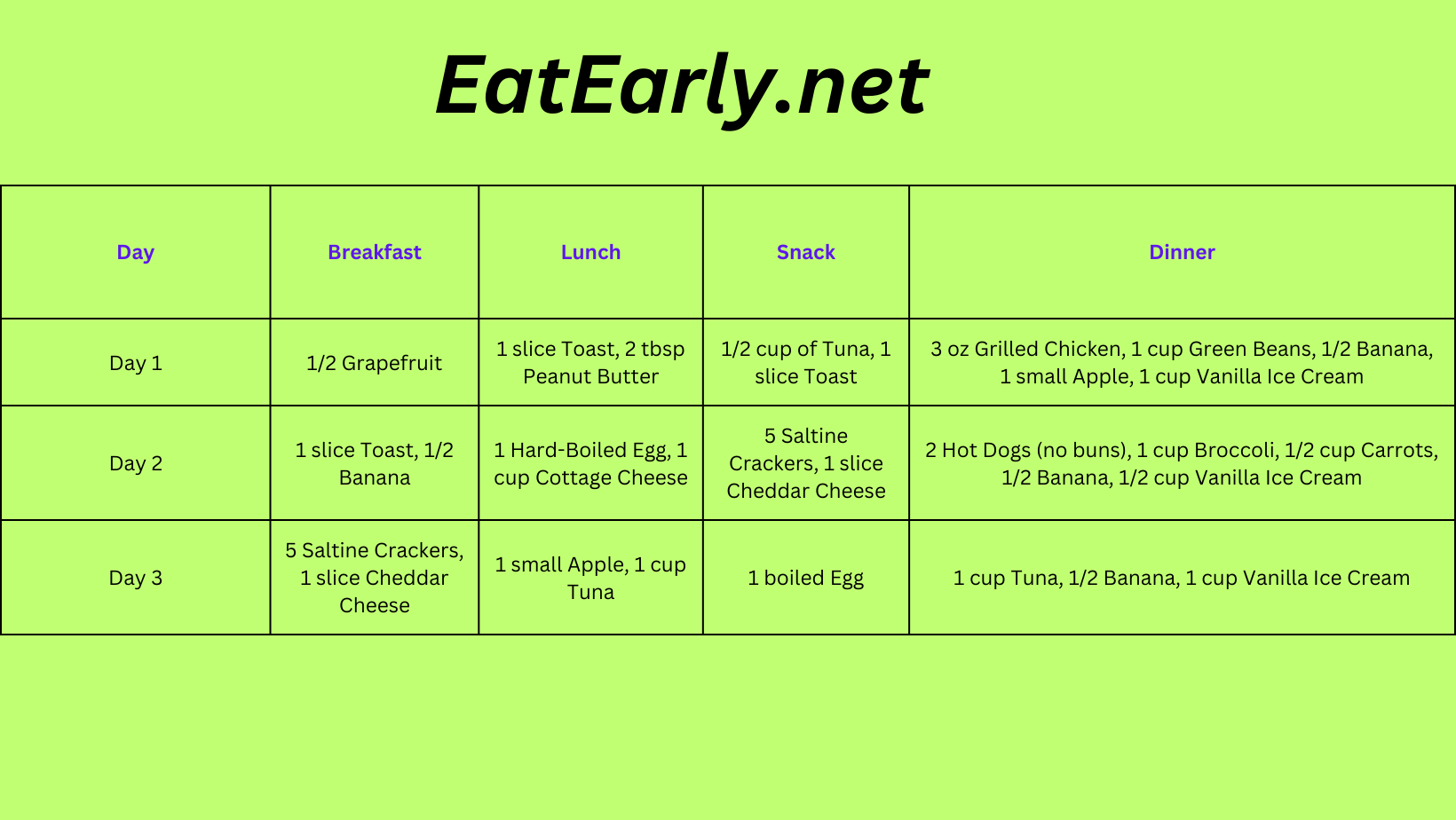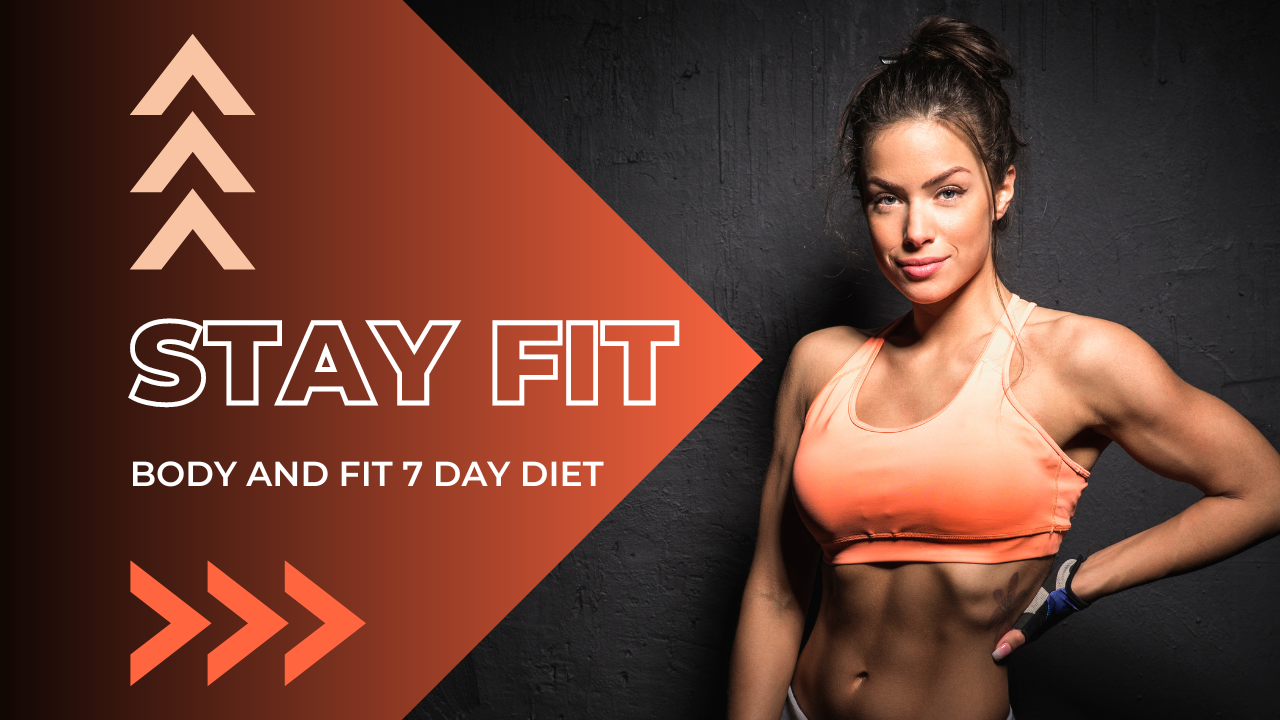Contents
Ready for a diet that prioritizes protein and fats over carbs? Well, let me introduce you to the revolutionary Atkins Diet. This low-carb diet bears the name of its founder, Dr. Robert C. Atkins, whose groundbreaking approach to weight loss has helped millions achieve their health and fitness goals. Are you curious yet? Let’s deep dive into the world of Atkins Diet.
The Atkins diet is a four-phase eating plan that allows you to gradually increase your carb intake as you move through the phases.
– Dr. Robert Atkins
Are you game to explore the Atkins Diet with us? Let’s get started!
So, you’re interested in the Atkins diet? Excellent choice! This plan could be the key to achieving your health and weight loss goals. But what exactly is the Atkins diet? How does it work?
What is the Atkins Diet, you ask?
Simply put, it’s a low-carb diet that encourages the consumption of protein and fats. But, there’s a lot more to it than just cutting carbs. The Atkins Diet is divided into four phases, each with its own set of rules and recommended foods. Intriguing, isn’t it?
Craving for more details? Hang on, we have got you covered! We’ll also be looking at the foods that are Atkins-friendly, and those that should be limited or avoided. From juicy steaks to crispy bacon, you might be surprised at what you can eat on the Atkins Diet. But don’t get too excited just yet, like any diet, the Atkins Diet has its limitations and it’s not suitable for everyone.
First off, let’s dive into what this diet is all about. Named after its creator, Dr. Robert C. Atkins, this diet plan fundamentally changes the way your body’s metabolism works. It’s all about shifting your body’s primary fuel source from carbohydrates to fats, also known as a state of ketosis. Sounds intriguing, right?
Atkins Diet is a low-carb, high-fat diet that was created by Dr. Robert Atkins in the 1960s.
The Four Phases of the Atkins Diet
Ever wondered what the Atkins diet is all about? Here’s a deep dive into the four phases of this low-carb diet designed to help you shed those extra pounds and maintain a healthy lifestyle. So, buckle up, we’re about to embark on an enlightening journey!
Phase 1: Induction
In the first phase, your goal is to kick-start your weight loss journey. You’ll drastically reduce your carb intake to just 20 grams per day, consuming mostly proteins and fats. You might be thinking, “Isn’t that too extreme?” Well, this sharp cut is designed to shift your body into a state of ketosis, forcing it to burn fats for energy.
- Protein-rich foods: Such as fish, poultry, eggs, and red meat.
- Fat-rich foods: Including avocados, olive oil, and butter.
- Low-carb vegetables: Like leafy greens, broccoli, and bell peppers.
Phase 2: Balancing
Next, you’ll start gradually adding a wider variety of foods back into your diet. Nuts, low-carb vegetables, and even some fruits make a comeback. The idea here is to find the maximum amount of carbs your body can handle without gaining weight.
- Nuts and seeds: Such as almonds, walnuts, and flax seeds.
- More vegetables: Introduce tomatoes, Brussels sprouts, and eggplant.
- Some fruits: Berries are a great choice for this phase.
Phase 3: Fine-Tuning
As you approach your weight loss goal, you’ll enter phase 3. Here, you’ll continue to expand your diet, adding more carbs until your weight loss slows down. This might include starchy vegetables and whole grains. You might be wondering, “Why slow down?” This process helps you find a sustainable balance for long-term weight management.
- Starchy vegetables: Such as sweet potatoes, peas, and corn.
- Whole grains: Brown rice and quinoa can be added gradually.
Phase 4: Maintenance
Finally, you’ve reached the last phase! This is where you maintain your new, healthy weight. You’ll know exactly what you can and can’t eat to keep those pounds off. The Atkins diet becomes less of a diet and more of a lifestyle, and you’ll continue to eat this way indefinitely.
Remember, everyone’s body reacts differently to diets, and what works for one person may not work for another. Always consult with a healthcare professional before starting any new diet plan.
Suggested Foods in Atkins Diet
Now that you have the basic idea, you might be wondering: what can you eat on the Atkins diet? Is it all bacon and eggs, or is there more to it?
What Foods Are Suggested for the Atkins Diet?
Well, you’re in for a treat! The Atkins diet is more than just bacon and eggs. It’s a versatile plan that allows for a wide variety of foods, all designed to help you maintain a low-carb, high-protein lifestyle. So, what’s on the menu?
What’s on the Atkins Diet Menu?
Many might think the Atkins diet is all about meat and cheese, but that’s just part of the picture. Sure, high-quality proteins are a staple, but the Atkins diet also encourages a healthy serving of vegetables as well. Balance is key in this diet plan, wouldn’t you agree?
So, let’s get specific. What foods can you savor while on the Atkins diet?
Here’s a handy table to help guide your meal choices:
| Meal | Suggested Foods |
|---|---|
| Breakfast | Scrambled eggs with spinach and feta, smoked salmon, or a protein shake made with unsweetened almond milk and a scoop of protein powder. |
| Lunch | Grilled chicken salad with vinaigrette dressing, turkey wrap using lettuce as the wrap, or a bowl of vegetable soup (avoid starchy veggies). |
| Snack | Almonds, string cheese, celery sticks with cream cheese, or Greek yogurt with a handful of berries. |
| Dinner | Grilled salmon with a side of asparagus, steak with a side salad, or baked chicken with a side of broccoli. |
Remember, the Atkins diet is all about controlling carbohydrate intake, so be sure to keep the carbs low and the proteins and veggies high! Now, aren’t you excited to start your Atkins journey?
The Atkins diet is a low-carbohydrate diet that has been popular for many years.
– Mayo Clinic Staff
Atkins Diet Meal Plan Ideas
Ever wondered what a day on the Atkins diet might look like? Let’s dive into some meal ideas that align with this low-carb, high-fat diet plan.
Breakfast
Start your day with a protein-rich meal to keep you feeling full and energized. How about:
- Scrambled eggs with spinach and cheese. Use a non-starchy vegetable like spinach to keep your carbs low and add a good source of fat and protein with cheese.
- A smoothie made with unsweetened almond milk, protein powder, spinach, and a handful of berries. Remember, fruits should be eaten in moderation due to their sugar content.
Lunch
Moving on to lunch, it’s all about combining a good source of protein with plenty of greens. Consider the following:
- A salad with mixed greens, grilled chicken, avocado, cucumber, and a high-fat dressing like Ranch or Caesar. Be mindful of the dressing’s sugar content.
- Grilled salmon served with a side of non-starchy vegetables like asparagus or broccoli.
Dinner
For dinner, continue to focus on lean proteins and non-starchy vegetables. Some ideas include:
- Steak served with a creamy mushroom sauce and a side of roasted Brussels sprouts.
- Chicken stir-fry with a variety of colorful veggies. Be sure to skip the rice and noodles!
Note: The Atkins diet emphasizes eating until you’re satisfied, not stuffed. So pay attention to your hunger cues and stop eating when you feel full.
Remember, the Atkins diet isn’t just about cutting carbs, but about eating a variety of filling, nutrient-dense foods. Always consult with a healthcare professional before starting any new diet plan to ensure it’s right for you.
Benefits of the Atkins Diet
Imagine this: you’re enjoying juicy steaks, crispy bacon, and decadent cheese – all while losing weight. Sounds too good to be true, right? Surprisingly, it isn’t. Welcome to the world of the Atkins Diet, where you can enjoy a smorgasbord of protein-rich foods while shedding pounds. But weight loss is just one of the numerous benefits of this diet. So, let’s dive into the other perks of going Atkins.
The Power to Control Blood Sugar
By restricting your carbohydrate intake, the Atkins Diet helps to stabilize your blood sugar levels. This is particularly beneficial for those with type 2 diabetes, who often struggle with such fluctuations. Is there anything more empowering than having control over your own health?
Heart Health
While it may seem counterintuitive given its emphasis on consuming fats, the Atkins Diet can actually be beneficial for your heart. How so? It reduces the levels of harmful LDL cholesterol while increasing the good HDL cholesterol. Sounds like a win-win, doesn’t it?
Bye Bye, Belly Fat
One of the key advantages of the Atkins Diet is its effectiveness at targeting abdominal fat. This isn’t just about looking good in a bikini or board shorts – reducing belly fat is essential for warding off serious health issues like type 2 diabetes and heart disease.
Boosting Your Metabolism
Ever wished for a faster metabolism? The Atkins Diet could be your answer. When your body enters a state of ketosis – a common occurrence on this low-carb diet – your metabolism speeds up, helping you burn calories faster. Isn’t that the dream?
“The Atkins diet isn’t just about losing weight – it’s about embracing a healthier lifestyle.”
Of course, as with any diet, the benefits of the Atkins Diet can vary from person to person. But if you’re looking for a diet where you can enjoy rich, satisfying foods while reaping numerous health benefits, the Atkins Diet could be a perfect match for you. So, are you ready to take the first step towards a healthier, happier you?
Risks and Limitations of the Atkins Diet
Ever wondered about the risks and drawbacks associated with the Atkins Diet? While many people have successfully adopted this low-carb lifestyle, it’s not without its limitations. Here’s what you need to know.
Potential Nutrient Deficiencies
The Atkins Diet promotes the consumption of protein and fats while minimizing carbohydrate intake. This, in turn, could lead to deficiencies in essential nutrients found in carb-rich foods such as vitamins, minerals, and fiber. Missing these crucial elements can have negative impacts on your health in the long run. So, is it worth the risk?
Digestive Issues
One common complaint from Atkins Diet followers is the occurrence of digestive problems. The diet’s low fiber content can lead to constipation, a common issue when dietary fiber is lacking. Still think it’s a walk in the park?
Increased Risk of Heart Disease and Cancer
While the Atkins Diet encourages the consumption of fats, it doesn’t discriminate between healthy and unhealthy fats. This could lead to an increased intake of saturated and trans fats, which have been linked to an increased risk of heart disease and certain types of cancer. Worth considering, isn’t it?
Difficult to Sustain
One of the biggest criticisms of the Atkins Diet is that it can be difficult to maintain over the long term. The restrictive nature of the diet can make it challenging to stick to, especially when dining out or attending social events. Not exactly a walk in the park now, is it?
Remember, any diet plan should be a sustainable lifestyle change, not a temporary fix. Your health is your wealth, so make sure to choose a diet plan that works best for you and your body. Always consult with a healthcare professional before starting any new diet plan.
Who Should Not Do the Atkins Diet?
Ever wondered if the Atkins Diet is right for you? It’s a diet plan that has been lauded by many for its quick weight loss results. However, it’s important to know that it’s not for everyone. Yes, you heard that right! Not all bodies react the same way to this diet, and some people might be better off avoiding it.
Let’s dive into the specifics. Who should not do the Atkins Diet?
- People with kidney diseases: The Atkins diet is high in proteins. It can put a lot of strain on kidneys, especially if you already have kidney problems. So if you have kidney diseases, it’s better to steer clear of the Atkins diet.
- Pregnant or breastfeeding women: During pregnancy or breastfeeding, women need a balanced diet. The Atkins diet, due to its restrictive nature, might not provide all the necessary nutrients. It’s crucial to put your and your baby’s health first.
- People with specific dietary needs: If you have dietary restrictions or special dietary needs, the Atkins diet may not be the best choice. This diet requires you to restrict certain food groups, which might not align with your current dietary needs.
- People with certain health conditions: If you’re dealing with health conditions such as type 1 diabetes or pancreatitis, the Atkins diet may not be advisable. It’s always best to consult your healthcare provider before embarking on any new diet plan.
The Atkins diet may increase your risk of heart disease and other health problems if followed long-term.
– American Heart Association
If you find yourself in any of these categories, it’s crucial to consult with your doctor or a nutritionist before deciding to go on the Atkins Diet. Remember, what works for one person doesn’t necessarily work for another. It’s critical to find a diet plan that suits your individual health needs and lifestyle.
Always prioritize your health. Remember, the goal is not just to lose weight but to maintain a healthy and balanced lifestyle.
Consider all factors, understand your body and its needs, and then decide if the Atkins Diet is the right choice for you. It’s all about making informed decisions for your health. Isn’t that something worth considering?









